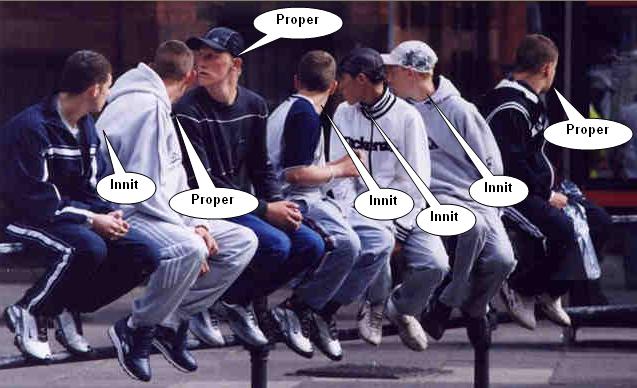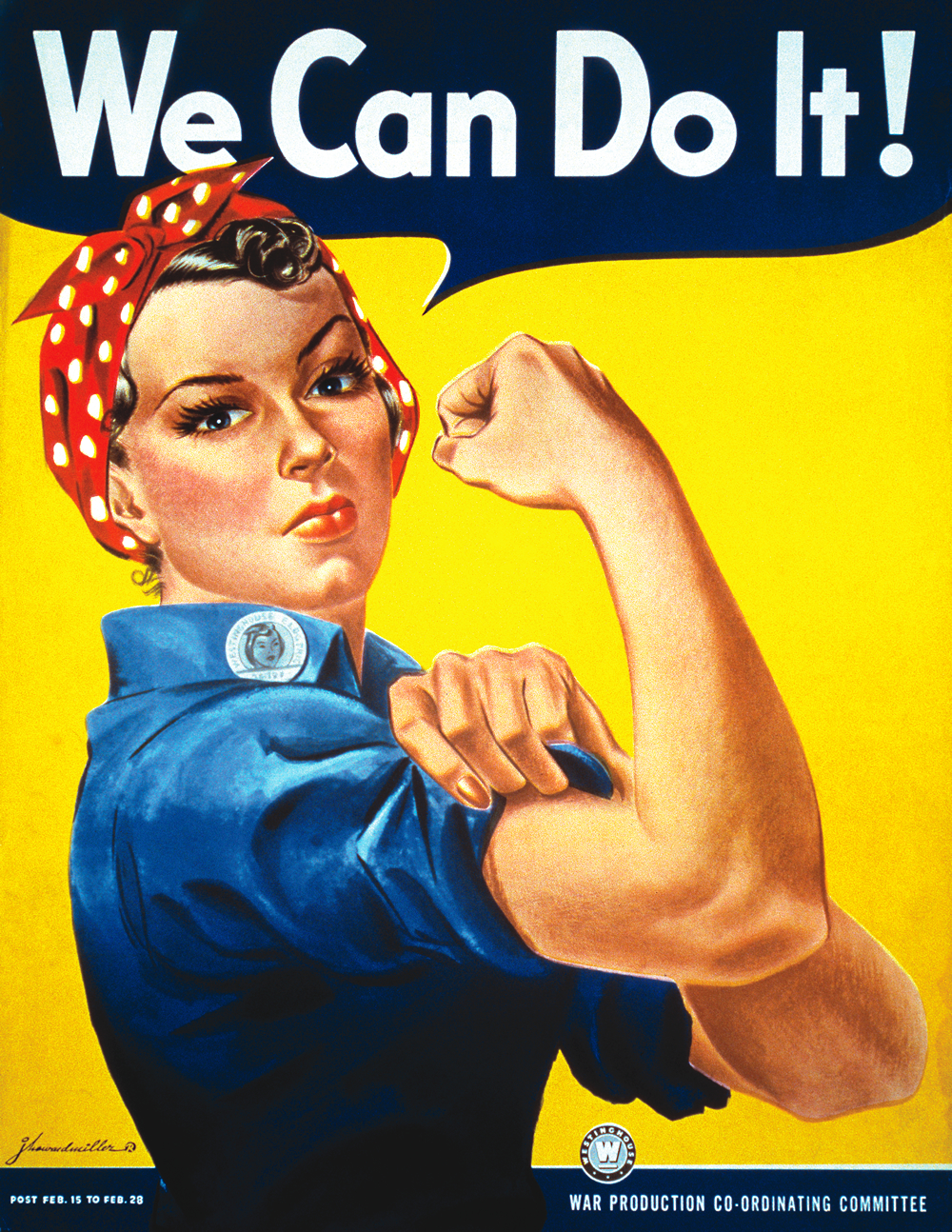critical perspectives
identity
the intersectional self
uwe
visual culture
03/11/15 // T H E I N T E R S E C T I O N A L S E L F
11:38Notes from the lecture:
- identity is a construct, a performance, which gets formed by among others the help of the visual world
- how does the visual world set up identities?
- four different (problematic?) categories of identity: gender, sexuality, class and ethnicity
- divided into opposing pairs (= binary oppositions or binaries), e.g. white/black, male/female, etc.
- idea of 'marked' (= noticeable identification with a category, e.g. female characters wearing lipstick to separate them from male characters) and 'unmarked' binaries (= is seen as norm, you don't notice it) -> issue of power
- gender
- male/female is a sex you're arguably born into
- masculine/feminine are social structures and behaviour codes you're taught
- female is marked by giving it what we now see as typically female attributes and accessories, e.g. eyelashes
- Stewart Hall
- Judith Butler
- Gender is a performance
- We learn to perform the gender attached to our sex (e.g. body language, appearance, etc.)
- We can strategically play around with it
- Lauren Mulver
- 'the male gaze'
- 'women to-be-looked-at-ness'
- John Berger
- 'Men act, women appear.'
- sexuality
- heterosexual/homosexual - is that all?
- heteronormative society as demonstrated in film and TV
- homosexuality has to be marked, is being played at
- Judith Butler, 'Gender Trouble'
- class
- middle class/lower class - problematic: more classes? Classes at all?
- working class is marked and often seen through the eyes of the middle class, e.g. for comical purposes
- ethnicity
- white/black; British/other; Western/Eastern
- in Disney: villains are often darker skinned while heroes are fairer skinned
- normalisation of whiteness
Why might it be problematic to be thinking in binary pairs?
Why might it be problematic to categorise identity according to groups?
- generalises identities that are very individual
- leaves people that don't fit into categories invisible and excluded
- forces you into categories
- there's always a relation of power between binary oppositions
What happens when categories interconnect and intersect?
INTERSECTIONALITY
- breaks down the categories into their differences
- Identities are integrated and mutually constituted; combinations of identities create new meaning and experiences
Questions I ask myself/to ask:
- Where do I fit in? How do I identify myself within these categories?
- When I specifically look at the representation of one category, what happens to the others?
- What is my viewing position? What is the position the cultural text assumes me to have?#
- Young/old as binaries?














0 thoughts